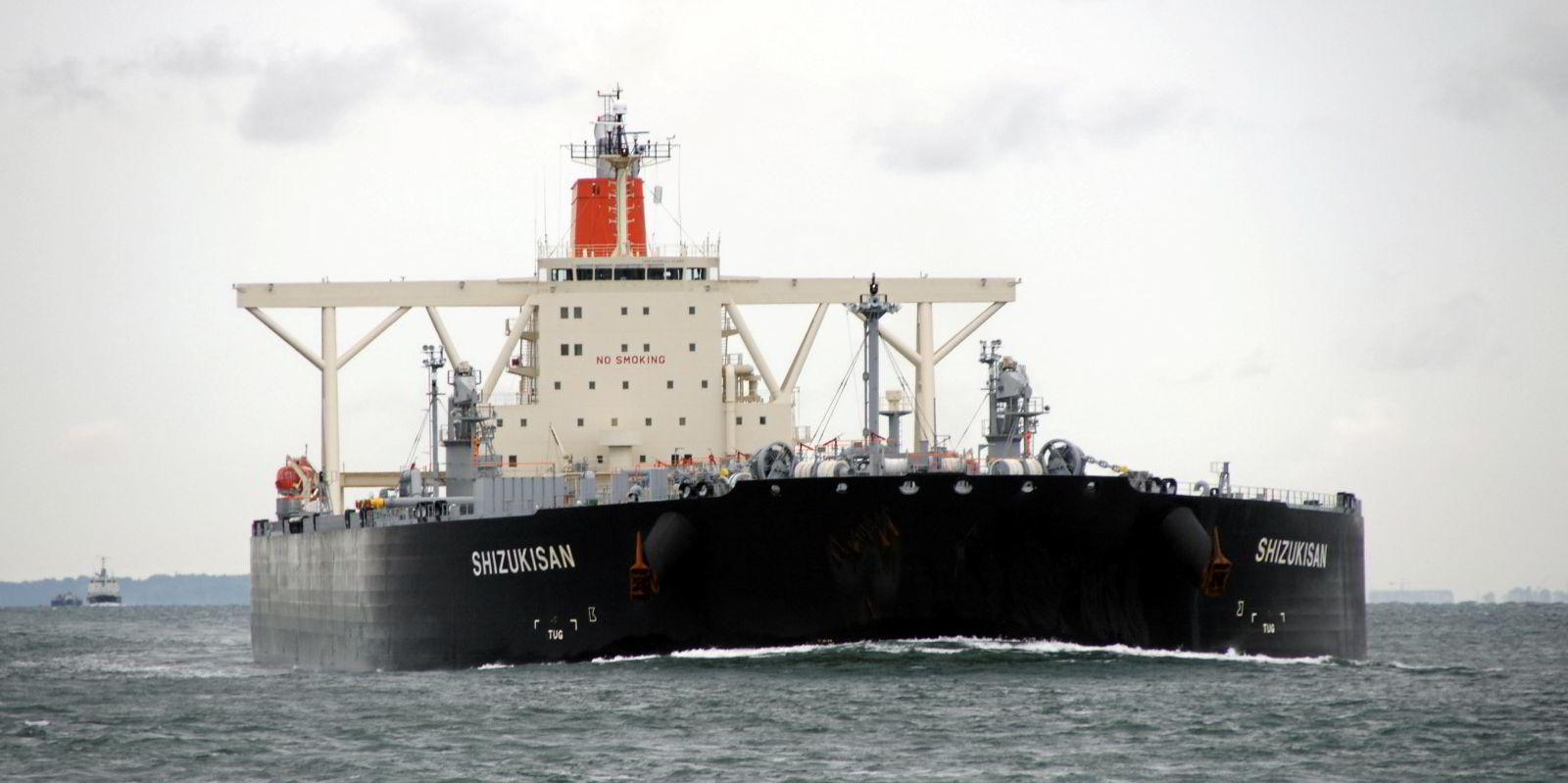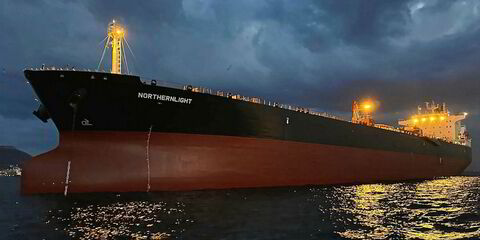Ailing tanker markets that had been yearning for months for some event that would stir them from their torpor seem to have found it in Russia’s invasion of Ukraine.
The Baltic Dirty Tanker Index (BDTI), the main gauge of the crude tanker market, posted a major rise on Thursday, rising by a quarter in a single day to 904 points, its highest level since early May of 2020.
TradeWinds reporters across the globe are covering the shipping implications on the Russia-Ukraine crisis.
Quotes for the TD17 aframax route for 100,000-tonne cargoes from the Baltic to the UK or continental Europe more than doubled, up 191 points to Worldscale 291.
UK shipbroker Howe Robinson assessed time-charter equivalent rate for a non-eco tanker on the TD17 at more than $128,000 per day, compared to a year-to-date average of just under $16,900.
“The Baltic Sea/Mediterranean market remains on tenterhooks after last night’s invasion. Owners [are] holding back on showing any sort of offer for cargoes they may have seen,” the company said.
The Baltic was a different story, with one fixture on subs at WS120 in the morning before last done was closed at WS300, the outfit said.
The TD6 suezmax route for 135,000-tonne stems from the Black Sea to Mediterranean climbed WS25 to WS98, according to the Batlic Exchange.
“We are left with a standoff in the suezmax market after events today unravelled, with owners wanting to wait in anticipation,” said Howe Robinson. “Despite no fresh numbers being printed, sentiment is bullish across the market as we head into Friday.”
In the VLCC market, the latest fixtures showed leaping rates in both the Middle East and Atlantic.
DHT Holdings’ 314,000-dwt DHT Sundarbans (built 2012) scored a fixture from Chinese chartering giant Unipec for a journey on the benchmark trade from the Middle East to China at WS35, according to data from Tankers International.
That’s up from last done of WS32
Despite the market’s rise, however, VLCC time charter equivalent rates were still negative, according to the Baltic Exchange.
Analysts and shipowners had speculated in recent weeks that large-scale conflict between Russia and Ukraine could boost tanker rates, at least in the short term, as the world scrambled to find ships to carry Russian oil or alternative supplies to sanctioned crude from the country.
With the US and the European Union promising to punish Russia for its invasion with economic measures designed to “hold it to account” and hamper its economic growth, the prospect of such sanctions looks very real.
Alternative supplies to Russian oil would mean longer tonne miles.
Crude tanker freight rates have been in the doldrums during the Covid-19 pandemic, as mobility in societies across the world decreased and demand for fossil fuels weakened.
Higher tanker freight rates, however, could be offset very quickly by the economic shock of a trade war between Russia and the international community that could hamper global growth.
Angeliki Frangou, a major Greek shipowner whose Navios Maritime Partners controls tankers, bulkers and containerships, expressed gloomy thoughts when talking to analysts earlier on Thursday.
“Even though the situation is evolving, the one thing we know is that we believe it [the conflict] is going to affect consumption, supply patterns and create inefficiencies,” she said.



